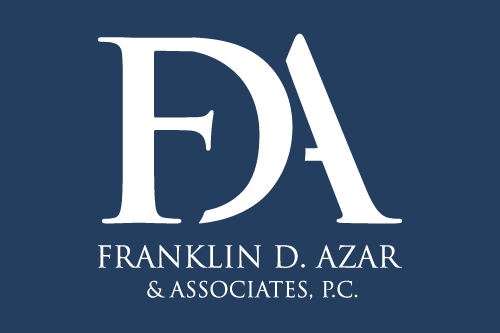Each year, thousands of young children are killed or injured in motor vehicle accidents. These are the leading cause of death for children of ages 1 – 13 in the United States. One of the most important jobs any parent has is keeping their child safe, especially when riding in a vehicle. Proper use of car seats can help to keep your child safe, but with many different types of safety seats, it’s important to know what type of seat you need for your child as well as how to properly install it.
There are several types of safety seats and the type of seat your child needs depends on a few factors. These factors include your child’s age, height, weight, and the type of vehicle you have. More information can be found by visiting the American Academy of Pediatrics (AAP) about choosing the right car seat for your child.
Here is a list of car seat types for children
- Rear Facing Car Seat This type of safety seat is recommended for infants and toddlers. Any child under the age of 1 should always ride in a rear facing car seat in the back seat. Infant only seats can only be used as rear facing but some convertible seats, which typically have higher height and weight limits for the rear facing position, allow you to keep your child rear facing for a longer period of time. It’s recommended by the AAP that children ride in a rear facing car seat until the age of 2.
- Forward Facing Car Seat Children should be kept in a rear facing car seat as long as possible as it’s the best way to keep them safe. Your child should remain in a rear facing seat until they reach the maximum height or weight limit allowed by the car seat manufacturer. Once they outgrow the rear facing seat, it’s time for them to travel in a forward facing car seat with a harness and tether in the back seat. The harness and tether attached to the car seat limits your child’s forward movement during a crash.
- Booster Seats When your child reaches the maximum height or weight requirement allowed by the car seat manufacturer, it’s time for them to travel on a booster seat, but still in the back seat. A booster seat positions the seat belt so that it fits properly over your child’s body.
- Seat Belts Children should be kept in a booster seat until they are big enough to wear a seat belt properly. For it to fit properly, a seat belt should lie across the upper thighs and fit comfortably and snug across the chest and shoulder to restrain the child safely in the event of a crash. It should NOT rest across the stomach or neck.
After you know which type of safety seat you need to properly restrain your child, it’s important that you install it properly in your car. While installations may vary from one model to the next, there are some basic rules that always apply.
- Read the instructions! – Don’t try and install your car seat by guessing. Be sure to read the directions thoroughly and make sure you understand how to install the car seat securely.
- Position the car seat in the back seat – The back seat is the safest location for a child to ride.
- Consult your vehicle’s manual – Some newer models of cars come equipped with lower anchors built into the seats that can be used to attach a safety seat. Older models may require the use of a seat belt to secure the car seat. The owner’s manual will help you find what you need.
- Make sure the safety seat is secure – Once the safety seat is in place, and attached with either the seat belt or lower anchors, try wiggling it from side to side and front to back. Your car seat should not move more than 1 inch in any direction.
- Check and adjust the recline angle – For rear facing seats, ensure that the base of your car seat is level to prevent your child’s head from flopping forward. Most seats will have indicators on the side to help.
- Remember to connect the tether strap – For forward facing seats, there’s an extra strap at the top as an additional safety measure. Double check your vehicle and attach the tether strap if possible to prevent head movement in the event of a crash.
Proper installation of your car seat will further ensure that your child is protected in the event of a crash. For further assistance, you can find and consult a certified technician who will inspect your child seat, in most cases, free of charge and show you how to properly install it and use it. You can get started by visiting safecar.gov to find a technician near you.
No one can predict when an accident will occur but you can take measures to make sure you and your family is protected should you be involved in one. Remember to secure your child in the appropriate safety seat, be sure to lead by example by wearing your own seat belt and encouraging all passengers to do the same, and make sure that you’re using your child’s safety seat properly. By following the right steps, we can help to avoid serious injury or death as the result of a car accident.


